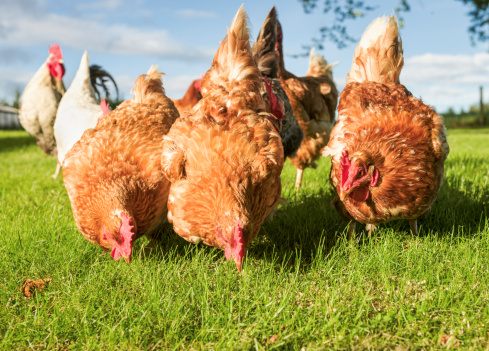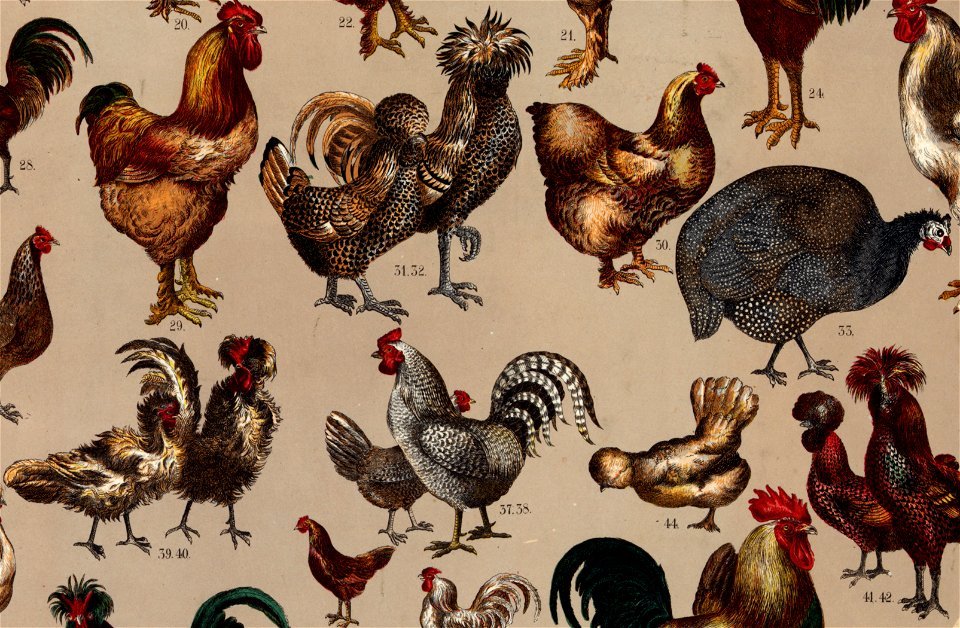Raising pigs for meat can be a rewarding endeavor, whether you’re doing it for personal consumption or as part of a small-scale farming business. They grow quickly, are hardy and efficient in converting feed into meat, providing a valuable source of protein. This article will walk you through the essentials of raising pigs for meat, from choosing the right breed to feeding and housing, and finally, processing.
Choosing the Right Breed
The first step in raising pigs for meat is to select the appropriate breed. Some common pig breeds raised for meat include Yorkshire, Duroc, Hampshire, and Berkshire. These breeds are known for their fast growth rates, large size, and excellent meat quality. Your choice may depend on factors such as availability, climate adaptability, and personal preferences.
Housing and Fencing
Pigs need a safe and comfortable place to live. A simple pig pen with a shelter to protect them from the elements is necessary. The size of the pen will depend on how many pigs you’re planning to raise. As a rule of thumb, each pig requires about 50 square feet.
As for fencing, pigs are known for their strong rooting behavior. Therefore, sturdy fencing buried at least a foot underground is recommended to prevent them from digging out. Electric fencing can also be an effective deterrent.
Feeding Pigs
Feeding is one of the most significant aspects of pig farming. Pigs grow fast and have substantial dietary needs. Commercial pig feed is usually the most straightforward choice, providing all the nutrients your pigs need to grow quickly and healthily.
However, many pig farmers supplement this feed with kitchen scraps, fruits, and vegetables. Be aware that there are regulations in many regions regarding feeding pigs with kitchen waste, particularly any that contains meat products. Always make sure to check local regulations before feeding any scraps to your pigs.
Health Management
Pigs, like any other livestock, are susceptible to various diseases and parasites. Regular deworming and vaccinations are important to keep your pigs healthy. Pigs also enjoy a wallow – a muddy area where they can cool off, which also helps them control parasites.
Processing
Once your pigs have reached their market weight (generally around 250 pounds, which can take six to eight months), they are ready for slaughter. The processing of pigs requires skill and knowledge, and in many places, it must be done in a licensed facility to comply with health regulations. Ensure you have a plan in place for this final step. This can be the most challenging part of the process for many small-scale farmers.
Ethical Considerations
Raising pigs for meat also involves ethical considerations. It’s essential to provide your pigs with a life that allows them to express natural behaviors, like rooting and socializing with other pigs. Humane treatment should be a priority throughout their life, up to and including the slaughter process.
Raising pigs for meat is a serious commitment and can be quite labor-intensive. However, it also can be a rewarding activity, especially when done with care and respect for the animals. With the right knowledge and resources, you can raise pigs that provide a local, sustainable source of meat for your family or community.



